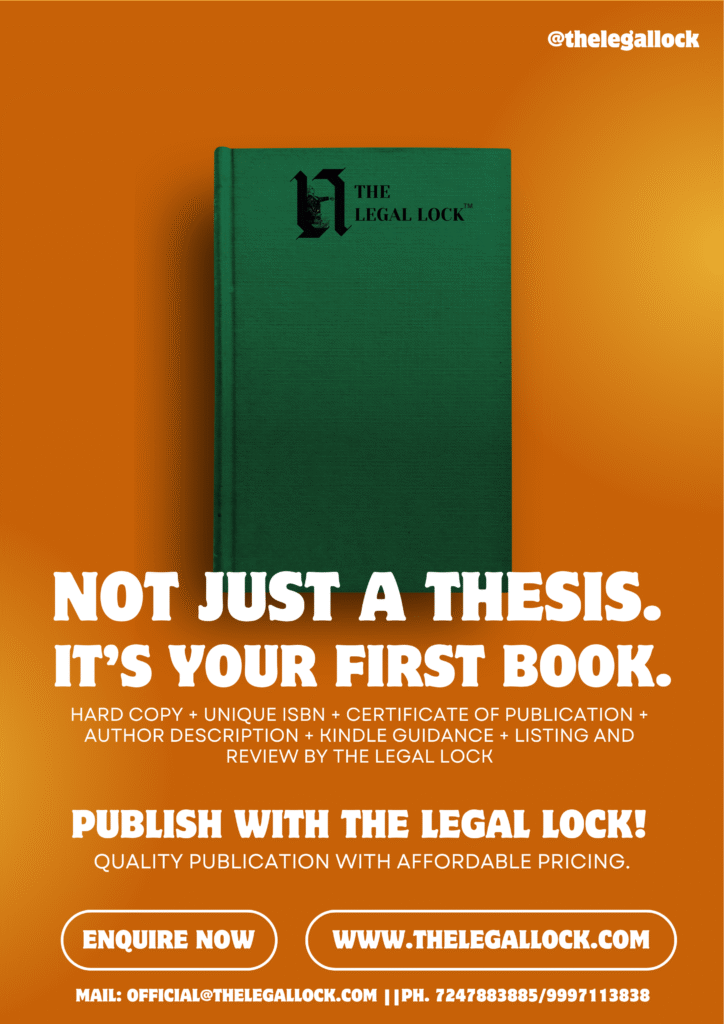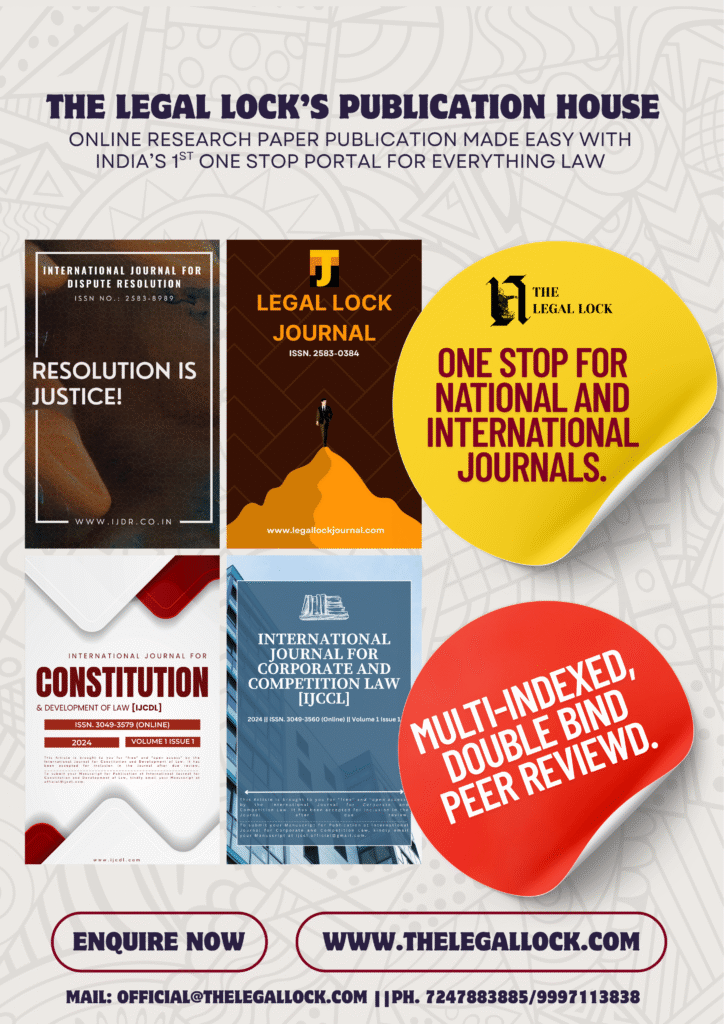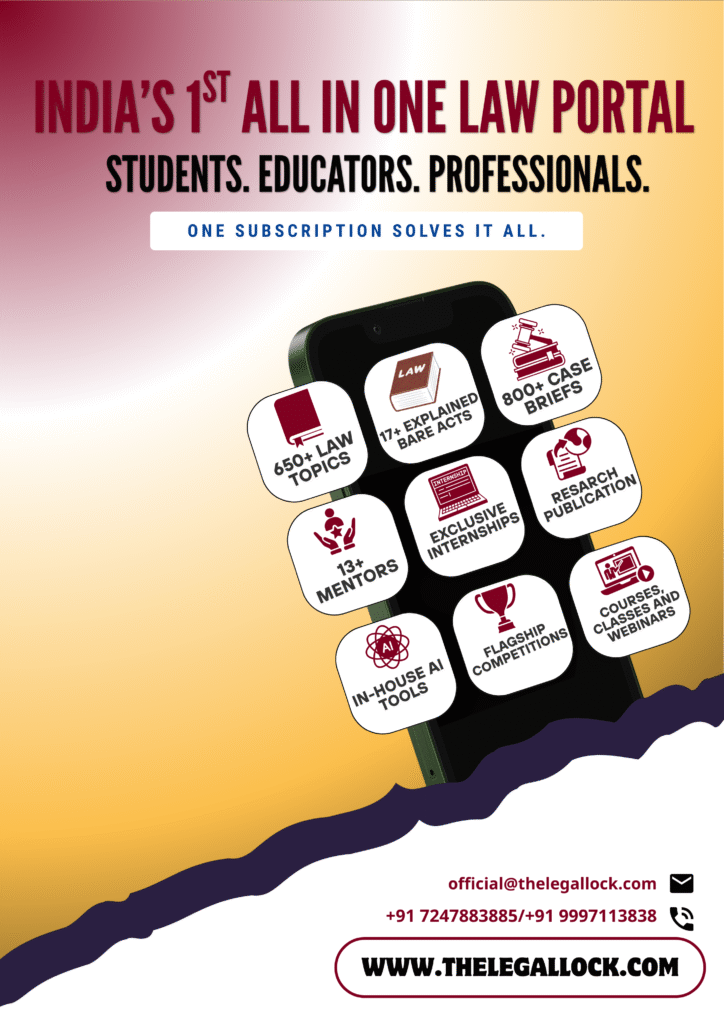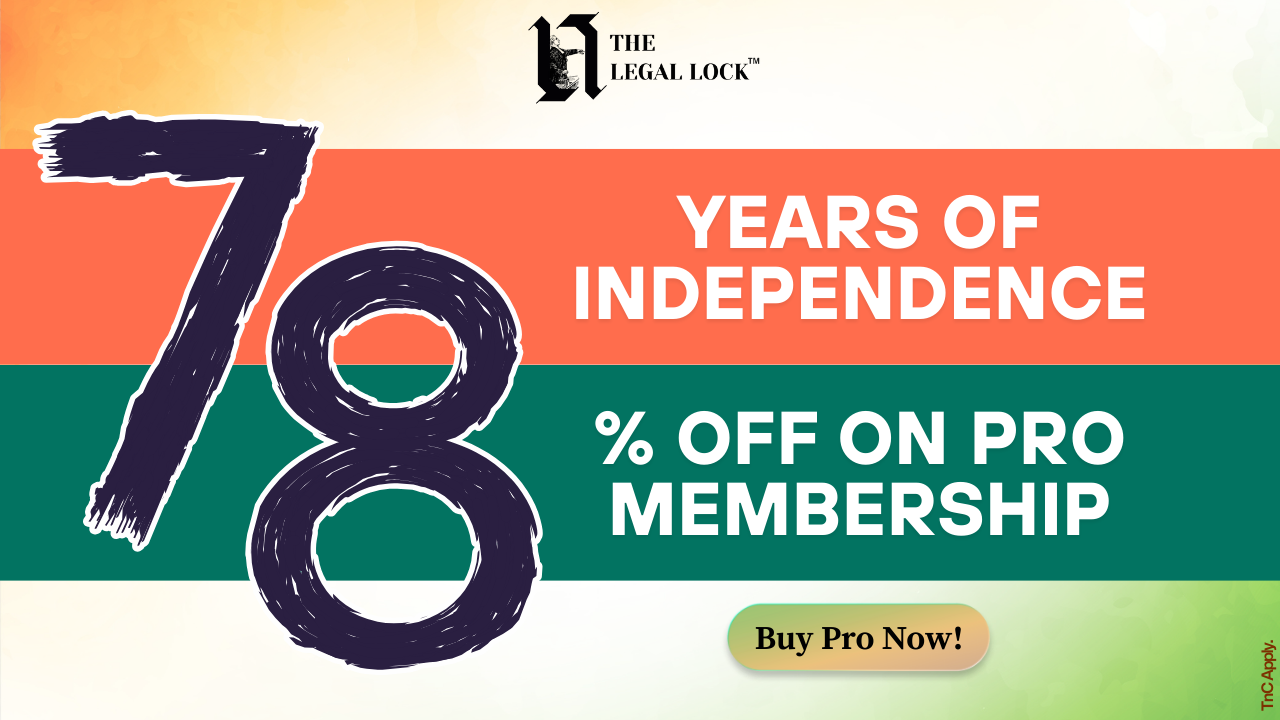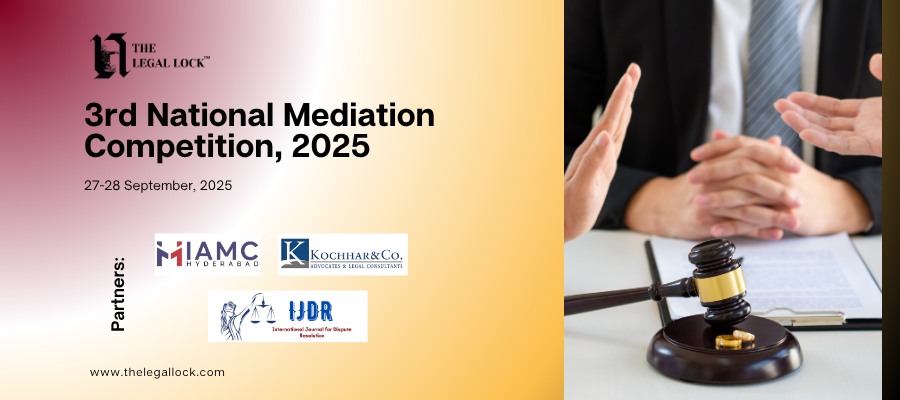| CASE NAME | Independent Thought vs. Union of India and Anr. |
| CITATION | [2017] 10 SCC 800, AIR 2017 SC 4904 |
| COURT | The Supreme Court of India |
| BENCH | Before Madan B. Lokur, Deepak Gupta |
| APPELLANTS | Independent Thought |
| RESPONDENTS | Union of India and Another |
| DECIDED ON | 11th October 2017 |
Introduction
The ruling in the case of Independent Thought vs. Union of India and Anr. signifies a major acknowledgment of the correlation between child marriage and a range of sexual and reproductive health issues, thereby contravening the government’s responsibility to safeguard girls’ rights to make reproductive choices and maintain bodily autonomy.
The judges specifically requested proof regarding the health implications of rape in cases of child marriage, referencing studies that consistently demonstrate how child marriage leads to severe violations of reproductive rights and broader human rights. These violations encompass heightened exposure to coerced sexual activity, early and unintended pregnancies, increased risks of maternal mortality and morbidity, as well as sexually transmitted infections.
Facts of the case
The petitioner, a registered member of a society since 2009, has been actively advocating for children’s rights. They firmly believed that Section 375, which sets the age of consent for sexual intercourse at 18 years, implies that engaging in sexual activity with a girl under 18, even if consensual, would legally qualify as rape.
The majority of statutes in India recognize girls below 18 years as children. Hence, individuals engaging in sexual relations with a girl under 18 should be held accountable under the law. However, Exception 2 of Section 375 of the IPC contradicts this by permitting non-consensual sexual intercourse by a husband with a girl aged between 15 and 18 without legal repercussions solely because of their marital status.
Consequently, this exception strips a girl child of her right to refuse sexual intercourse with her husband, rendering non-consensual acts against her will non-punishable under the IPC.
Issues raised
- Does engaging in sexual activity between a man and his wife, a girl aged 15 to 18, constitute to rape?
- Is Exception 2 of IPC Section 375 unreasonable?
- To what extent does Exception 2 of IPC Section 375 display bias?
Legal context
Although child marriages are prohibited by law, husbands of girls aged between 15 and 18 were previously exempt from criminal prosecution for rape under Exception 2 of Section 375 of the Indian Penal Code. The Prohibition of Child Marriage Act (PCMA) sets 18 as the minimum legal age of marriage for girls and acknowledges such marriages as voidable upon the request of a child married under the legal age.
This exception in the Indian Penal Code effectively permitted child marriage to legalize what would otherwise be considered rape, granting impunity for sexual violence experienced by married girls under 15 years old. Exception 2 also conflicted with a recent amendment to the Indian Penal Code, which raised the age of sexual consent to 18, and contradicted legal safeguards for children established in both the Juvenile Justice Act and the Protection of Children from Sexual Offences Act.
Supreme Court views on the case
In this ruling, the Supreme Court deliberated on whether sexual intercourse between a man and his wife, who is a girl aged between 15 and 18, should be considered as rape. Despite Exception 2 under Section 375 of the Indian Penal Code, 1860 (IPC) stating otherwise, the Supreme Court narrowed down the exception’s scope, reconciling the disparity between the IPC and the Protection of Children from Sexual Offences Act, 2012.
This was achieved by raising the minimum age of consent for ‘marital’ sexual relations to 18 years, aiming to protect and uphold the human rights of young married girls. The Court purposefully approached the matter and invalidated Exception 2 to Section 375 of the IPC.
The Court also noted that this exception created an unjustifiable and artificial differentiation between married and unmarried girls, lacking any logical connection to the Section’s intended purpose.
It deemed this distinction arbitrary and discriminatory, violating Articles 14 and 15 of the Constitution, as well as encroaching upon the fundamental human dignity protected by Article 21 of the Constitution. Additionally, the Court acknowledged that this exception conflicted with the framework established by other child-centric legislations like POCSO, which would prevail as specialized legislation.
Arguments by Petitioner
The Petitioner contended that Exception 2 displayed arbitrariness and discrimination by establishing an artificial divide between the rights of married and unmarried girls aged 15-18. This categorization lacked a clear purpose and failed to align with the unclear objectives of Section 375, IPC.
Consequently, Exception 2 stood in violation of the fundamental principles enshrined in Article 14 and Article 21 and contradicted the positive intent of Article 15(3), empowering Parliament to create specific provisions for women and children.
Additionally, given that nearly all Indian statutes, including Section 375 of the IPC, recognized girls under 18 as children and penalized sexual activity with them, the Petitioner argued for aligning Exception 2 with this legal stance. This alignment was crucial to safeguard the girl child’s rights to bodily autonomy and sexual independence.
The Intervenor (Child Rights Trust) raised supplementary concerns encompassing privacy, as well as the physical and mental well-being of individuals involved.
Arguments by Respondent
They claimed that the country’s economic status and educational progress remain stagnant without improvement. They agreed to maintain the age limit of 15 years specified in Exception 2 of Section 375 of the IPC to protect the rights of spouses and criminalize sexual acts between them.
According to a report, 46% of women are below 18 years old, with an estimated 23 million child brides in India. Consequently, branding marriage consummation as a grievous offense like rape would be entirely unjust and impractical, considering India’s socio-economic standing and the prevalent cultural norms and traditions that have long allowed child marriage.
The Law Commission of India (LCI) proposed elevating the wife’s age to 16 in its 172nd Report. However, after extensive consultations with various stakeholders, this recommendation was discarded. Arguing that the husband should not be convicted of rape solely because the marriage occurred at 15 due to tradition seems reasonable.
While Exception 2 of Section 375 of the IPC exempts the husband from rape charges, he remains accountable for other acts under different legal provisions. For instance, if a husband physically assaults a minor girl and engages in sexual activity with her, he might face charges under Sections 323, 324, and 325 of the IPC, but not for rape. This presents a unique scenario where the husband could be convicted on lesser charges.
Decision of the court
In two separate opinions drafted by Justices Madan Lokur and Deepak Gupta, the Supreme Court rendered a decision to classify nonconsensual sexual intercourse within child marriages as rape and called for various legal amendments to tackle and prevent violations of girls’ rights stemming from child marriage. The Court underscored that if a girl child is coerced or forced into sexual activity by her husband against her will or without consent, it constitutes a breach of her constitutional rights to liberty and dignity.
Concerning to the fundamental rights along with right to equality, the Court also interpreted that the Exception 2 of Section 375 of the Indian Penal Code is progressive, modifying it to the state, “Sexual intercourse or sexual acts by a man with his own wife, provided the wife is not under eighteen years of age, does not constitute rape.” The Court’s perspective aligns with the age of sexual consent specified in several statutes, while also acknowledging that the legislature holds the authority to revise this age if necessary.
The judgment marks a significant milestone as the first Supreme Court ruling acknowledging that child marriage violates India’s constitutional and human rights obligations. It specifically highlights the violation of girls’ bodily integrity and reproductive choice within child marriages, hindering their ability to lead a life with dignity.
The Court emphasizes that child marriage infringes upon girls’ rights across various spheres of life, including health, education, and economic independence, contravening their constitutional rights and international human rights agreements. Upholding the fundamental rights of girls is imperative irrespective of their marital status, and any denial of rights to married girls would undermine efforts against child marriage.
The Court emphasized the imperative for the government to enforce and strengthen laws addressing child marriage, citing widespread violations of the Prohibition of Child Marriage Act (PCMA) and urging national and state governments to take substantial steps to implement the PCMA and eradicate child marriage. Justice Lokur stressed the necessity for tangible action to supplement welfare schemes and slogans.
Furthermore, the judgment advocated for streamlining the legal framework and resolving ambiguities. It clarified that the PCMA supersedes religion-based personal laws concerning children’s rights. The opinions highlighted the importance of considering married girls as “children in need of care and protection” under the Juvenile Justice Act, ensuring access to protective measures under this act.
The Court firmly dismissed the defence of child marriage as a cultural or traditional practice, stating that cultural norms should not justify rape or child marriage. It emphasized the need to adapt views, traditions, and conventions as times change and uphold “constitutional morality” to safeguard girls from harm and endangerment.
Analysis
The Independent Thought marked a significant advancement in acknowledging the rights of the girl child through a historic and groundbreaking ruling, ensuring a safer, liberated environment for these girls. The court ultimately revised Exception 2 to Section 375 of the IPC, which previously shielded husbands from rape charges if their wives were above 15 years old, regardless of consent.
The court nullified this exception, making it unlawful for husbands to engage in sexual intercourse with their wives who are over 15 years old. With this ruling, the court secured the well-being of numerous female children and established gender equality between women and men.



